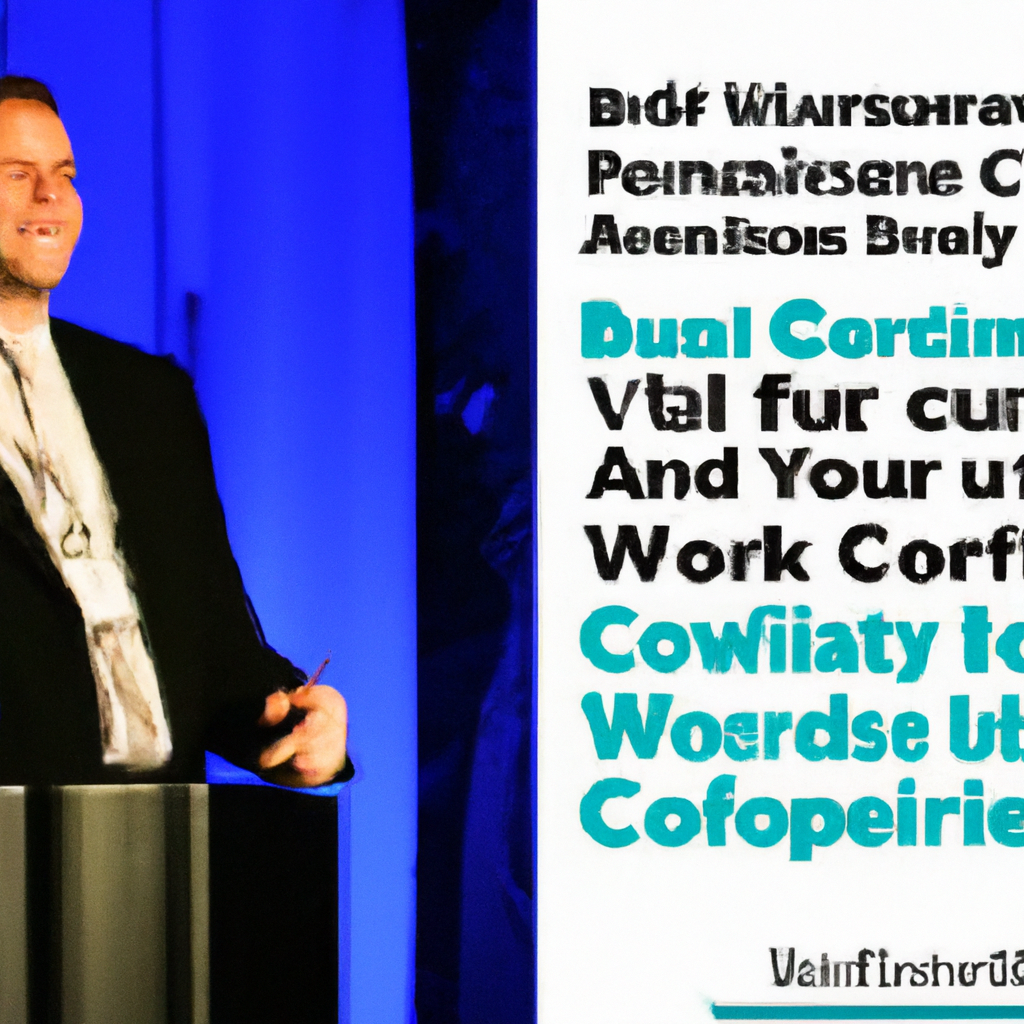# Navigating Workplace Culture and Work-Life Balance: A Comparative Insight into Government and Private Jobs
In today’s rapidly evolving job landscape, choosing between a career in the public sector and one in private enterprise can be daunting. Both sectors offer unique working environments and expectations that significantly affect employees’ day-to-day experiences, work-life balance, and overall well-being. To understand these dynamics better, we delved deep into the lives of individuals working in each sector, offering firsthand insights, testimonials, and expert opinions.
## Understanding Workplace Culture
### Government Jobs: Hierarchical and Stable
Government jobs are often seen as a bastion of stability and predictability. The workplace culture in government roles can be characterized by:
– **Hierarchy and Structure**: There is a strong emphasis on hierarchy and clear reporting lines, which can offer clarity but sometimes slow down decision-making processes.
– **Bureaucracy**: Processes tend to be formalized and can involve significant paperwork and adherence to strict procedures.
– **Job Security**: High job security is a hallmark of government employment, along with benefits like pensions and health care.
**Testimonial:**
Sarah, a government employee with over ten years of experience, shares: “Working in government provides a sense of security that is hard to find elsewhere. The structure can sometimes be rigid, but it also ensures fairness and equal opportunity.”
### Private Sector Jobs: Dynamic and Performance-Driven
Private sector jobs are diverse but generally characterized by a fast-paced and competitive environment. Key features include:
– **Innovation and Flexibility**: Companies often encourage innovation, allowing for creative problem-solving and a more fluid work environment.
– **Performance-Oriented**: Success is frequently measured through performance metrics, fostering a results-driven approach.
– **Less Job Security but Higher Reward Potential**: While job security may be lesser, the potential for higher salaries and bonuses is significant.
**Testimonial:**
Alex, who works for a leading tech firm, says: “In my company, performance is everything. The freedom to innovate is exhilarating, but it comes with the pressure to consistently deliver results.”
## Work-Life Balance: A Tale of Two Worlds
### Government Jobs: Steady Hours and Predictability
– **Fixed Work Hours**: Government positions usually adhere to a standard 9-5 schedule, allowing employees to plan their lives outside of work.
– **Ample Leave Policies**: Generous leave policies are common, including public holidays, maternity/paternity leave, and sick leave.
– **Less Work-After-Hours Culture**: It is rare for government employees to be expected to work after hours, promoting a healthier work-life balance.
**Interview Excerpt:**
Michael, a policy analyst, remarks: “I’ve managed to maintain my hobbies and spend time with family without compromise — something my friends in the private sector often struggle with.”
### Private Sector Jobs: Flexibility vs. Boundaries
– **Flexible but Demanding Hours**: While flexible hours and the possibility of remote work are benefits, it often equates to extended work hours and the expectation of being available outside of normal working hours.
– **Progressive Leave Policies**: Depending on the company, leave policies may vary, but many are increasingly adopting more progressive policies to improve employee satisfaction.
– **Blurred Lines**: The enthusiasm in private companies can sometimes blur boundaries between work and personal life, especially in high-stakes roles.
**Interview Excerpt:**
Emma, a financial analyst, explains: “Flexibility in my role is a double-edged sword. While I can manage my own schedule, the pressure to meet tight deadlines often spills over into my personal time.”
## Employee Well-Being: Valued Differently
### Government Jobs: Existence of Structural Support
Government workplaces often prioritize structured well-being initiatives:
– **Formal HR Policies**: There are clear guidelines regarding employee well-being, often mandated by law.
– **Supportive Environment**: Policies are in place to support disability, mental health, and other wellness programs, although their implementation can vary.
**Expert Opinion:**
Dr. Lisa Chan, a workplace psychologist, notes: “The predictability and security in government work are vital for mental health; however, innovation in employee support is sometimes slow.”
### Private Sector Jobs: Modern but Variably Dependable
In the private sector, employee well-being is linked closely to company culture:
– **Modern Wellness Programs**: Many private companies, particularly large ones, invest in comprehensive wellness programs, including gym memberships, mental health days, and relaxation spaces.
– **Cult of Productivity**: There can be a strong focus on work performance, potentially at the expense of genuine well-being.
**Expert Opinion:**
Dr. Keith Robinson, an expert on occupational health, comments: “Private firms lead in creative wellness practices but can inadvertently prioritize productivity over true well-being.”
## Conclusion: Choosing Your Right Fit
Both government and private sector jobs offer distinct advantages and drawbacks in terms of workplace culture and work-life balance. The former is a fortress of stability and predictability that emphasizes structured support, while the latter champions flexibility, innovation, and performance, often requiring a delicate balance between work and life.
When choosing between the two, it’s essential to assess personal priorities, long-term career goals, and what aspect of work-life balance is most crucial. For those valuing security and structured routine, government roles may be more appealing. Conversely, individuals who thrive in dynamic environments, with opportunities for high rewards, might find the private sector more fulfilling.
Ultimately, the decision boils down to understanding what truly matters to you in your professional and personal life—ensuring not just survival, but genuine satisfaction in your career journey.
